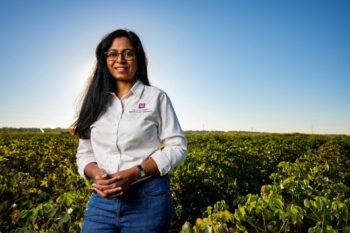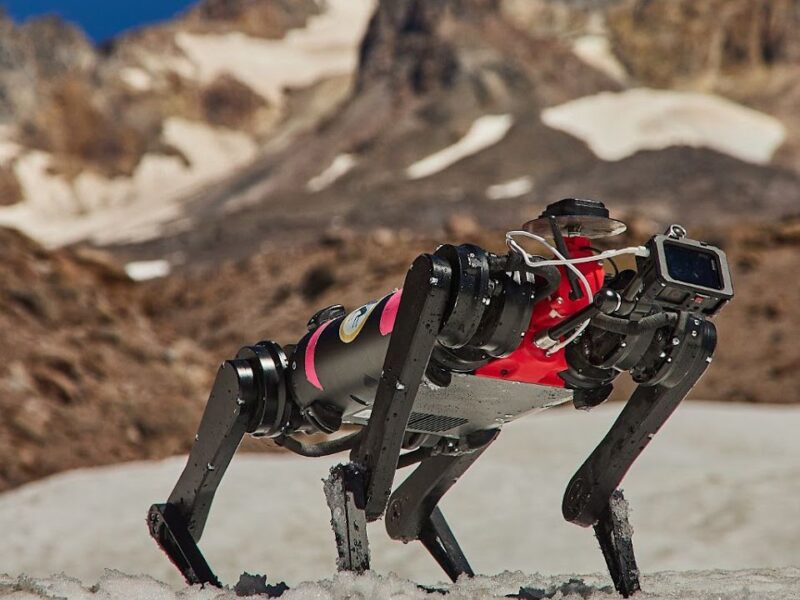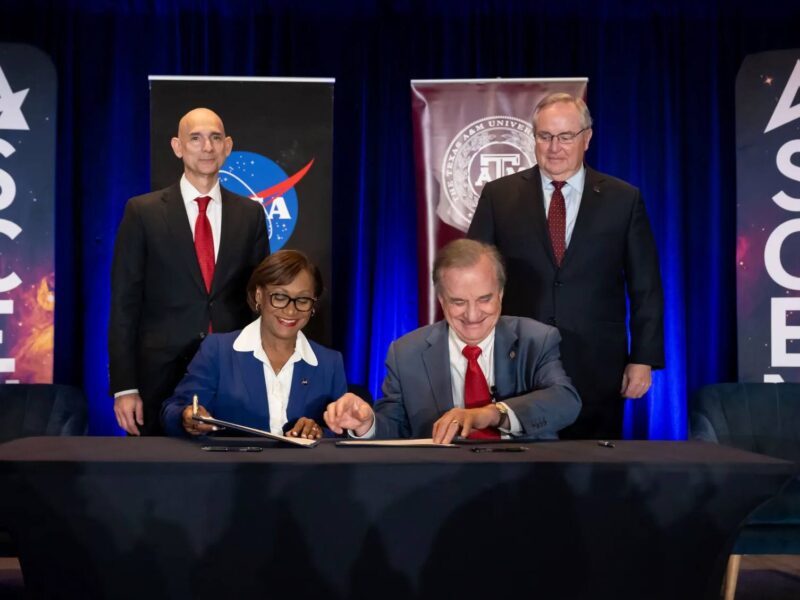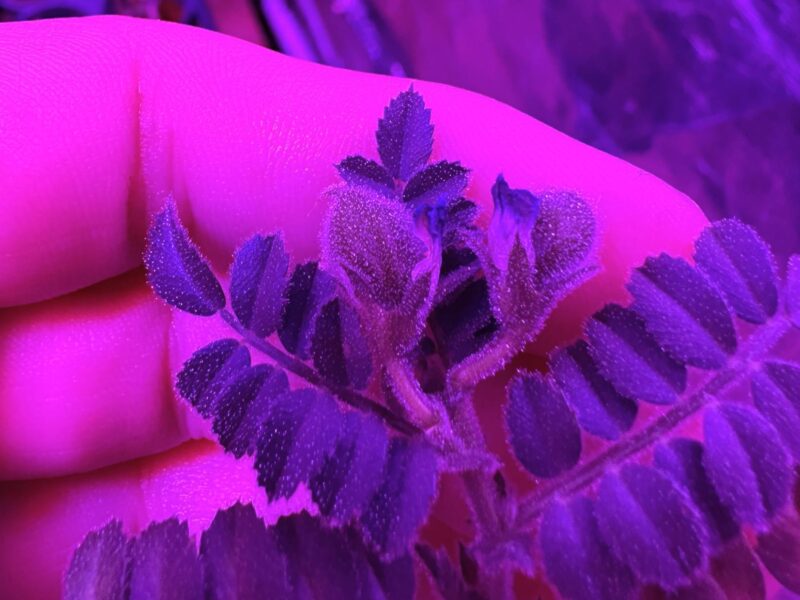Space Biology And The Out-Of-This-World Exploration Of Plant Stress

A Texas A&M AgriLife plant scientist is joining the space race, of a sort, by helping to understand how plants can survive in space to support human space exploration.
As a Texas A&M AgriLife Research crop physiologist/agroecologist and professor in the Texas A&M College of Agriculture and Life Sciences Department of Soil and Crop Sciences, Dr. Nithya Rajan is used to working with hundreds of acres of plants grown on this planet.
But one of her latest projects will have her tending to the stress levels of individual plants, not in the field, but in the growth chamber, testing sensors for deployment in a spaceflight or lunar or martial habitats.
Rajan is connecting with University of Texas at Tyler assistant professor of electrical engineering Shawana Tabassum, Ph.D., who is leading the NASA-funded project, Leaf Sensor Network for In Situ and Multiparametric Analysis of Crop Stressors.
With all the advancements being made in space travel, Rajan said as a plant scientist, it is exciting to be a part of this project.
“If we have to grow plants in a space station, on space flights or on Mars, we need to understand how plants behave in that environment,” Rajan said. “Resources in space will be very limited because it can take eight months to get to Mars, for example. So, every plant in a space environment will be essential to human explorers. We need to know if a plant is stressed and how to immediately intervene to correct that.”
Getting It Right On Earth Before Heading To Mars
Tabassum is designing unique, one-of-a-kind wireless, multivariable leaf sensors to check hormone levels in plants to detect stress.
This fall, Rajan is taking those sensors and determining how they are picking up the stress levels of plants using short-duration cowpeas as the test crop in growth chamber studies.
“We are thinking by attaching these sensors, we can detect plant stress,” she said. “And then, as a physiologist, I can try to relate that stress with the plant performance. I can see how that stress is impacting photosynthesis, for example.”
While unable to replicate all growing conditions in space here on Earth, such as zero gravity, Rajan’s studies will mimic conditions like temperature and light. She will conduct experiments in a lightweight media as a stand-in for weightlessness.
Exploratory Grant To Lead To Bigger Things
Just like most space flights, this grant is exploratory in nature. If the two researchers can predict crop performance in spacelike conditions, they hope the next step will be more funding for future experiments, possibly aboard the International Space Station.
“We want to see how plants are performing in the growth chamber, and we want to relate that to the sensors and test how the signals relate to plant performance,” Rajan said. “Hopefully, in the future, we may be able to test these sensors in space. If they are performing well, perhaps we can deploy them in space and utilize them.”
This article by Kay Ledbetter originally appeared on AgriLife Today.





